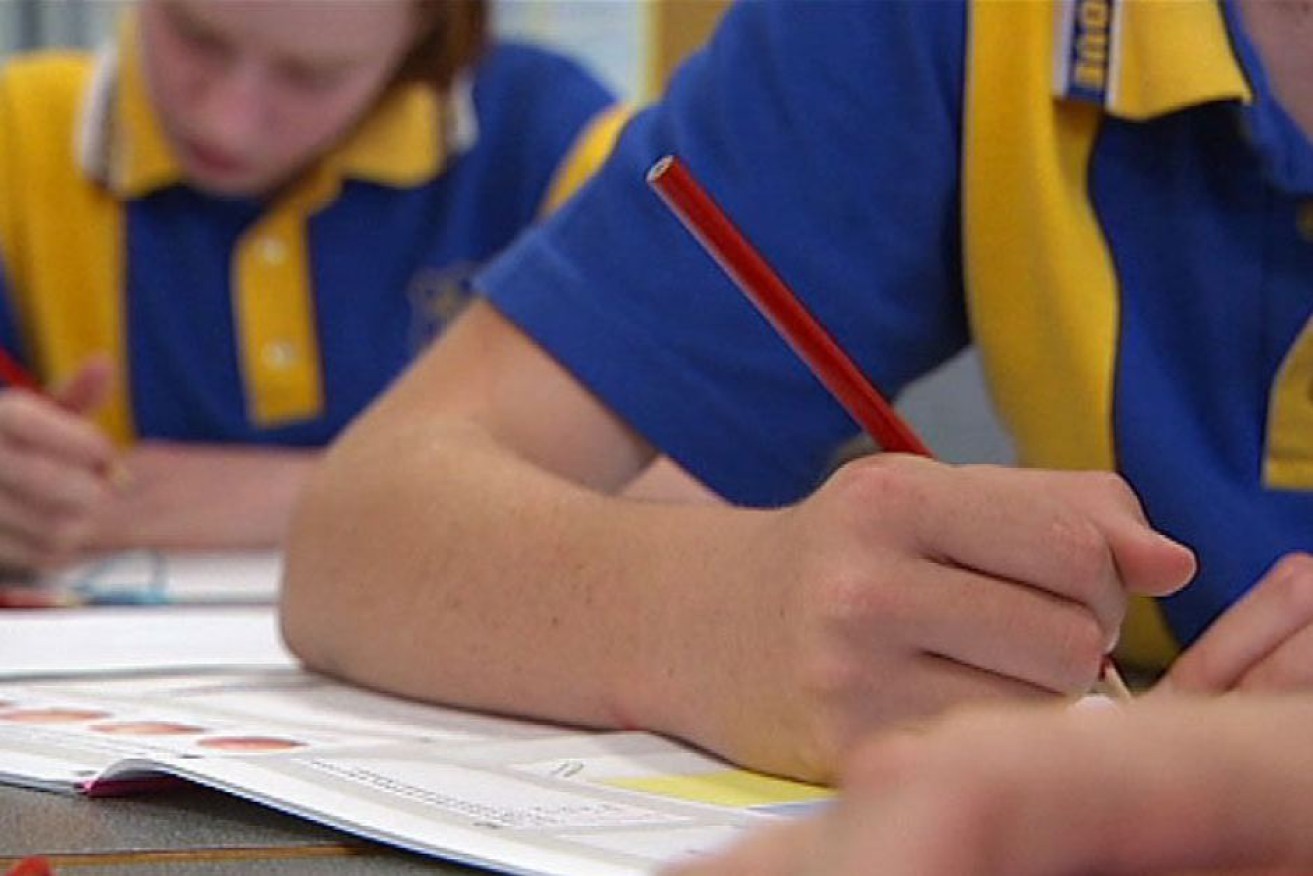2022 NAPLAN results ‘defied predictions’


The wait is over – NAPLAN test results are out. Photo: ABC
The 2022 NAPLAN National Report has been released, with mostly stable national results year on year.
Despite fears that the pandemic is continuing to make learning difficult for children this year, this year’s NAPLAN (National Assessment Program – Literacy and Numeracy) results have improved on previous years or remained stable, apart from a decrease in Year 5 numeracy and Year 9 spelling mean scores.
“Overall, for a second year in a row, the national-level results have defied predictions of drastic falls in performance related to COVID,” said David de Carvalho, CEO at the Australian Curriculum, Assessment and Reporting Authority.
Boys falling behind
This year’s NAPLAN results show female students continue to rank above male students in reading and writing tests across all year levels.
Mr de Carvalho said in particular, the percentage of Year 9 boys achieving the National Minimum Standard (NMS) in reading has fallen to a record low.
Of the Year 9 male cohort, 13.5 per cent did not achieve the NMS this year, compared to less than than 8.5 per cent in 2008.
This pulled down the 2022 national average for the entire Year 9 cohort.
“It is certainly concerning that we have so many students who are not demonstrating the capacity to read at this basic level only a few years before they leave school,” Mr de Carvalho said.
However, male students did better than female students in numeracy tests, continuing a years-long trend.
Indigenous student participation improves
Non-Indigenous students ranked higher than Indigenous students across all year levels and categories, a consistent issue throughout all test categories and year levels.
The gap between these student groups is continuing, with consistent gaps in results posted since the inception of NAPLAN testing in 2008.
A 2021 report published by the Centre for Independent Studies (CIS) found by the time they leave school, the average Indigenous student is about two and a half years behind the average non-Indigenous one — with achievement levels more comparable to developing nation school systems than those of the wider Australian population.
This severely limits future educational and employment opportunities, perpetuating economic and social disadvantage.
The CIS report found the difference in outcomes between Indigenous and non-Indigenous students largely comes down to the differences in school attendance rates, with Indigenous students in remote areas in particular attending school less.
About 31 per cent of the achievement gap between the two groups by Year 3 can also be attributed to differences in teacher and teaching quality, school readiness and early development outcomes, student engagement, and parental involvement.
Despite historically low NAPLAN participation rates by Indigenous students, Mr de Carvalho said this year’s test data show an increase in results for Year 9 Indigenous students and students from a language background other than English.
There was also an increase in grammar and punctuation results for Indigenous students in Year 7.
Overall participation in NAPLAN testing, however, had a greater decline this year than the long-term rate, which has been slowly falling since the testing began in 2008.
This year’s lower-than-usual participation rates meant preliminary NAPLAN 2022 results were not released in August like they usually are, as closer analysis of the data was required.
“This issue is of concern, as low participation rates can impact results analysis and the ability to get a clear picture of literacy and numeracy achievement at the national level,” Mr de Carvalho said.
This year marked the first time all schools took the NAPLAN test online.
From 2023, NAPLAN tests will be conducted in Term One, allowing results to be returned to schools and parents earlier in the year.








